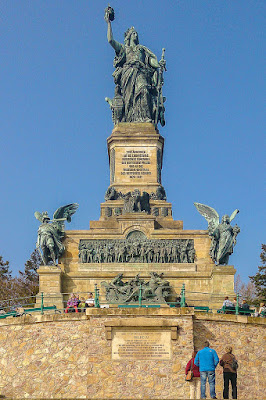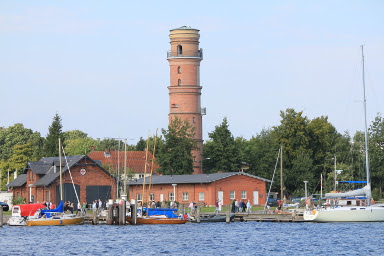Clotilde Schilling
(1858 - 1934)
German painter
Clotilde (as German as a name can be as if it was taken from a Wagner Opera) Schilling was the daughter of Johannes Schilling (1828-1910). A celebrated son of Dresden, a famous sculptor. Read about him (here*)
I stumbled over Clotilde (1858-1934) trying to identify the printmaker of the two prints in before posting (read here*).
Clotilde's grave, and that of Alexandra Schilling (1855-1936) in Dresden is adorned by a wonderful sculpture no doubt created (designed) by her sculptor father when she was young (there is a mentioning of this in Johannes' biography) Clotilde is not mentioned in her father's biography in the prestigious "Deutsche Biografie" (read here*). Unless her "official" name was Catharina Susanna. (Curious: Johannes married in 1857 so what about Alexandra born in 1855 joining Clotilde in eternity ?)
Clotilde is an artist-painter represented by just one painting (above) in the Internet while her brother Rudolf Schilling (1859-1933) has left proof of his successful career all over Dresden. He became a highly successful architect (read here*). (Below)
Clotilde Schilling exhibited in Dresden in 1904. She was organized and acquainted with art-sisters Bertha Schrader (1845-1920) a painter-printmaker I've met not long ago and honored with a posting (here*), and with graphic artist Doris am Ende (1857-1944). (both below)
Martin Erich Philipp studied and started his successful printmaking career in Dresden from 1913. So there are possible clues to Clotilde trying at printmaking. Her signature however has little similarity with the handwriting on the prints.
Clotilde's grave, and that of Alexandra Schilling (1855-1936) in Dresden is adorned by a wonderful sculpture no doubt created (designed) by her sculptor father when she was young (there is a mentioning of this in Johannes' biography) Clotilde is not mentioned in her father's biography in the prestigious "Deutsche Biografie" (read here*). Unless her "official" name was Catharina Susanna. (Curious: Johannes married in 1857 so what about Alexandra born in 1855 joining Clotilde in eternity ?)
Clotilde is an artist-painter represented by just one painting (above) in the Internet while her brother Rudolf Schilling (1859-1933) has left proof of his successful career all over Dresden. He became a highly successful architect (read here*). (Below)
Clotilde Schilling exhibited in Dresden in 1904. She was organized and acquainted with art-sisters Bertha Schrader (1845-1920) a painter-printmaker I've met not long ago and honored with a posting (here*), and with graphic artist Doris am Ende (1857-1944). (both below)
Martin Erich Philipp studied and started his successful printmaking career in Dresden from 1913. So there are possible clues to Clotilde trying at printmaking. Her signature however has little similarity with the handwriting on the prints.
Possibly the best known sibling of Johannes Schilling is his youngest daughter Clara Elisabeth (1864-1913). She stood model for Germania, the symbol of Germany United. A huge and colossal monument overlooking the Rhine near Rüdesheim created by her father.
It was build commemorating the unification of Germany and the ending of the Franco-German war (1870-71). Ordered by the first Kaiser, Wilhelm-I himself, and his chief: Reichskanzler Otto von Bismarck. It's construction was completed in 1883.
Germania to Germany is what Marianne is to France. Here (below), created a decade later in 1899 by Aime Jules Dalou (1838-1902), a French colleague of Johannes Schilling. It is located in the Place de la Nation in Paris.
-------------
All pictures borrowed freely from the Internet for friendly, educational and non commercial use only.


















































